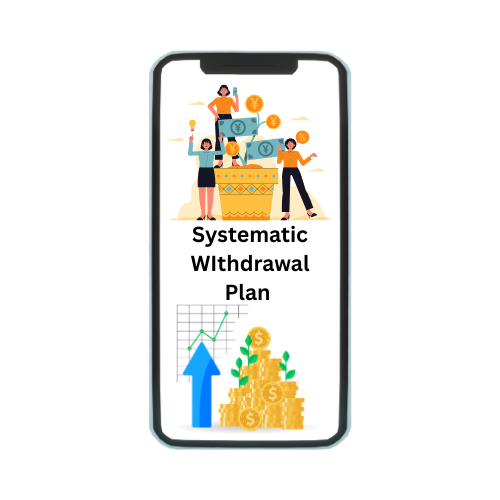The Asian Development Bank (ADB) is a regional development bank established in 1966 to promote economic growth, reduce poverty, and foster cooperation across Asia and the Pacific. Headquartered in Manila, Philippines, ADB provides financial assistance, technical expertise, and policy advice to member countries. Its focus areas include infrastructure development, environmental sustainability, education, healthcare, and private sector investment. ADB works to support sustainable and inclusive development, tackle climate change, and improve social outcomes. With 68 member countries, it partners with governments and the private sector to address pressing regional challenges and drive long-term economic development.
Key Points about the Asian Development Bank:
- Headquarters: Manila, Philippines.
- Membership: ADB has 68 member countries, including 49 from the Asia-Pacific region and 19 from other parts of the world.
- Objectives:
- Promote inclusive economic growth.
- Reduce poverty.
- Foster regional integration.
- Address environmental sustainability and climate change.
- Funding: ADB provides loans, grants, and technical assistance primarily to governments, though it also supports the private sector. It raises capital through bond issuance and contributions from member countries.
- Focus Areas:
- Infrastructure development (transport, energy, water, etc.).
- Social services (health, education).
- Environment and climate resilience projects.
- Gender equality and women’s empowerment.
- Partnerships: The ADB works closely with other international financial institutions, development agencies, and private sector partners to maximize impact.
ADB has been instrumental in financing projects across a range of sectors, from transportation networks to clean energy initiatives, aiming to improve living standards and reduce economic disparities across the Asia-Pacific region.
Core Functions of ADB:
Providing Financial Assistance:
- Loans: ADB extends low-interest loans to its member countries for projects related to infrastructure, economic growth, and poverty reduction. It offers two main types of loans: concessional loans (low-interest for low-income countries) and market-based loans.
- Grants: It provides grants for projects that aim to address poverty, improve social services, or tackle issues such as environmental sustainability.
- Equity Investments: ADB can also take equity stakes in private or public companies to help fund development projects.
Technical Assistance: ADB offers expertise and knowledge-sharing to help countries develop their infrastructure, create effective policies, and improve governance. This includes training, consulting, and project planning support.
Capacity Building and Policy Advice: ADB helps governments design and implement development policies. This includes advising on financial management, sustainable development practices, regulatory frameworks, and institutional reforms.
Focus on Key Sectors: ADB targets sectors that are critical for development:
- Infrastructure: Roads, railways, airports, ports, and urban development projects.
- Energy: Clean and renewable energy projects, as well as improving energy efficiency.
- Water and Sanitation: Improving access to clean water, sanitation, and managing water resources.
- Education and Health: Financing projects that aim to improve healthcare systems and education quality.
- Agriculture and Rural Development: Supporting sustainable agriculture practices and improving rural livelihoods.
- Climate Change and Environment: Projects that address environmental challenges, including climate resilience and disaster risk management.
Fostering Regional Cooperation and Integration: ADB promotes regional cooperation by facilitating trade agreements, transportation corridors, and energy-sharing initiatives among neighboring countries, helping to create a more integrated Asia-Pacific region.
Private Sector Development: ADB works with private businesses to invest in projects that promote sustainable development, particularly in infrastructure and energy sectors. This includes financing, risk-sharing, and technical assistance to attract private capital to development projects.
Addressing Social and Environmental Concerns: ADB incorporates environmental sustainability and social impact into its projects, focusing on reducing carbon footprints, improving gender equality, and creating opportunities for disadvantaged communities.








